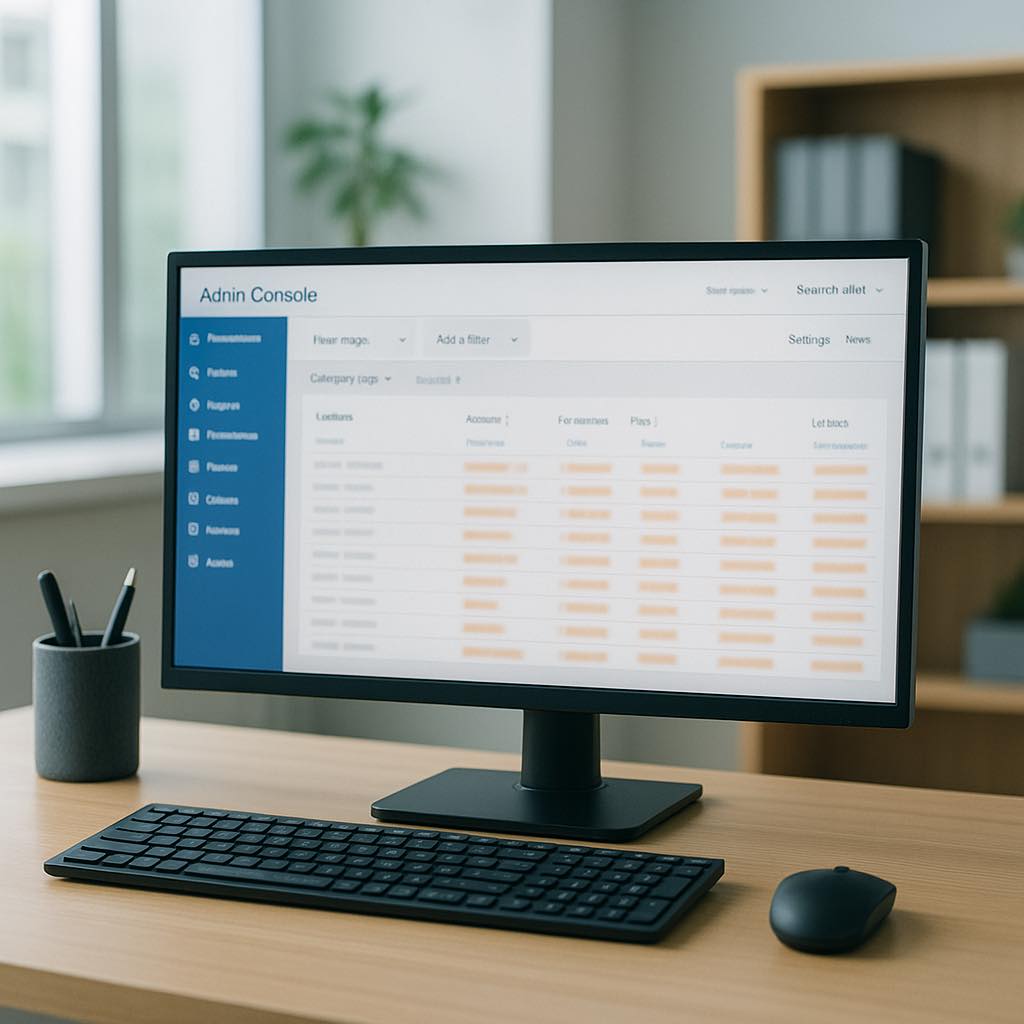Modern investigations rarely live only on a hard drive. Email, file storage, chat, and collaboration now live in Microsoft 365, Google Workspace, and other cloud platforms. These systems keep detailed activity logs that can confirm who did what, when, and from where. The quality of those logs and how quickly you preserve them can decide the outcome of a dispute.
Why Cloud Logs Matter
Cloud providers record events that traditional device imaging may miss. Even if a computer is wiped or replaced, server-side logs can show actions tied to an account. Properly preserved logs help establish timelines, attribute activity, and corroborate or challenge witness statements.
What to Collect
Focus on the services the employee actually used and the time window in question. Examples include:
- Microsoft 365: Unified Audit Log, Exchange mailbox audit, SharePoint and OneDrive file events, Azure AD sign-ins and risk events
- Google Workspace: Admin audit, Drive file activity, Gmail log search, Login audit, Security center alerts
- Collaboration tools: Slack or Teams message retention and export records, channel membership changes, file shares
- Identity and access: Single sign-on provider logs, MFA prompts, VPN and firewall logs that align to account activity
What These Logs Can Prove
- Access and authentication: Successful and failed logins, locations, devices, and IP addresses
- File handling: View, create, copy, move, download, share link creation, external sharing, and deletion
- Email behavior: Mailbox access, forwarding rules, massive sends to personal accounts, delegate access
- Admin actions: Privilege changes, mailbox searches, retention or deletion policy changes
Preservation Steps
- Identify the relevant tenants, services, and retention windows immediately
- Place holds or extend retention in the admin console before logs roll off
- Export in native formats with metadata intact and document chain of custody
- Correlate timestamps to a single time standard and record any timezone conversions
Common Pitfalls
- Waiting too long and losing short-retention logs
- Assuming default settings capture everything
- Exporting screenshots instead of structured data
- Overlooking third-party tools connected to 365 or Workspace that keep their own logs
- Missing the link between account activity and device or network evidence
Building a Defensible Timeline
Start with identity logs and sign-ins, layer on file and email activity, then align with device artifacts and network records. Consistency across sources strengthens attribution. Gaps should be explained, not ignored.
About Swailes Computer Forensics
Swailes Computer Forensics provides expert digital forensic services to law firms, corporations, and organizations nationwide. Our work includes investigations into intellectual property theft, employee misconduct, data breaches, and more. With decades of experience and a commitment to integrity and clarity, we help clients uncover critical evidence and take informed action. If you need help preserving or interpreting Microsoft 365 or Google Workspace logs before they expire, contact us for a focused consultation.
